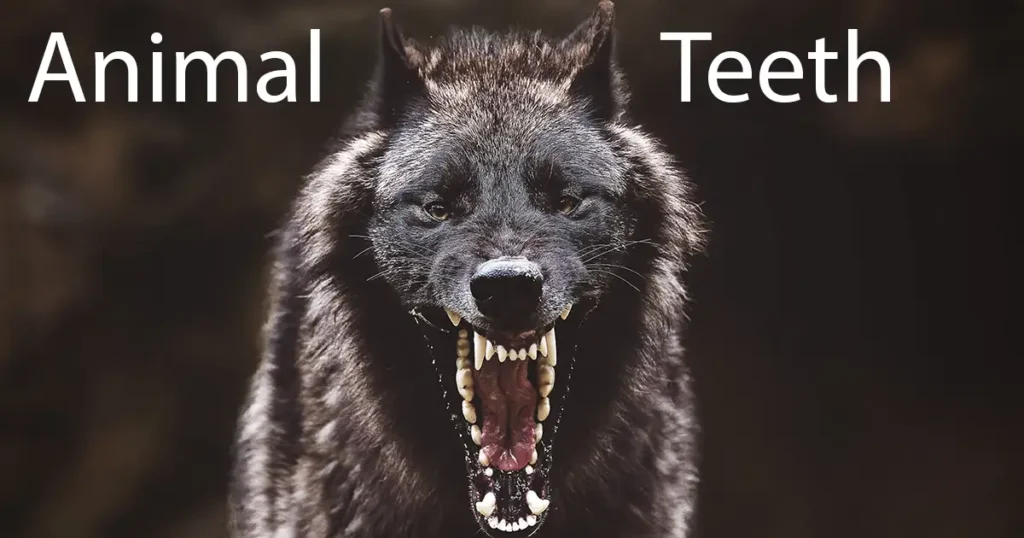
Share:
Welcome to our dental blog, where we explore the incredible diversity of teeth in the animal kingdom. As a top dentist, I find it fascinating to delve into the various types of teeth that animals possess. In this article, we will take a closer look at the different types of teeth found in the animal world, their functions, and how they compare to human teeth. If you’re interested in learning more about maintaining healthy teeth, please visit our Randolph Dentist home page.
Types of Animal Teeth
1. Incisors – Precision Tools:
Just like humans, many animals have incisor teeth at the front of their mouths. These chisel-like teeth are used for cutting and nibbling. In rodents, such as beavers, incisors grow continuously throughout their lives, ensuring they can always gnaw through tough materials.
2. Canines – Nature’s Weapons:
Canine teeth are sharp and pointed, often serving as weapons for predators. Think of a lion’s formidable canines, designed for gripping and tearing flesh. In contrast, herbivores like deer also have canines, but they are used primarily for defense.
3. Premolars – Grinding and Crushing:
Premolar teeth have flat surfaces with multiple cusps, ideal for grinding and crushing food. Herbivores, like cows and horses, rely on these teeth to break down tough plant material. Carnivores use premolars to shear meat off bones.
4. Molars – Crushing and Grinding Masters:
Molars are the powerhouse teeth responsible for thoroughly grinding and crushing food. Some animals, such as elephants, have enormous molars with ridged surfaces for grinding plants. Carnivorous animals, on the other hand, have molars adapted to crushing bones and tearing meat.
5. Carnassial Teeth – A Carnivore’s Specialty:
Carnassial teeth are unique to carnivorous animals. These specialized teeth, often the fourth upper premolar and first lower molar, are designed for slicing through tough animal tissues with precision. Wolves, for example, rely heavily on their carnassial teeth for processing meat.
6. Tusks – Nature’s Ivory:
Tusks are elongated, often curved teeth found in animals like elephants, walruses, and narwhals. These teeth are not only impressive but also serve various functions, from digging and defense to social interactions and obtaining food.
7. Herbivore Teeth – Adaptations for Plant-Based Diets:
Herbivores have evolved a range of specialized teeth to cope with fibrous plant material. Some, like horses, have continuously erupting teeth to compensate for the constant wear from grazing, while others, like rabbits, have double sets of incisors to ensure they can continue to feed on tough vegetation.
The Diversity Of Teeth
The diversity of teeth in the animal kingdom is a testament to nature’s incredible adaptability and innovation. As a Randolph dentist, I find it both inspiring and educational to study the various types of teeth and their unique adaptations. Understanding these differences not only deepens our appreciation for the natural world but also underscores the importance of oral health and proper dental care in all creatures, great and small. If animals can adapt their teeth to their specific needs, it’s a reminder that we should take the best care of our own teeth too. After all, a healthy smile is universal, whether you’re a human or a member of the animal kingdom.
Remember as humans, we have the benefit of treatments like teeth whitening to ensure that our teeth are operating at their full potential! If you’re interested, please reach out!
Share Article:
Smile Enhancement Consultation
Contact our Randolph cosmetic dentist today to find out if dental veneers are right for you! Be sure to ask about our financing options.
